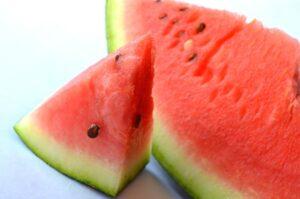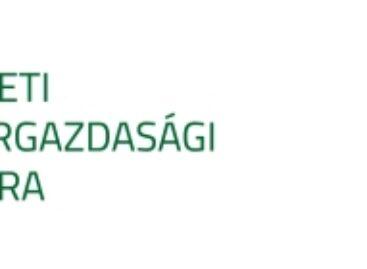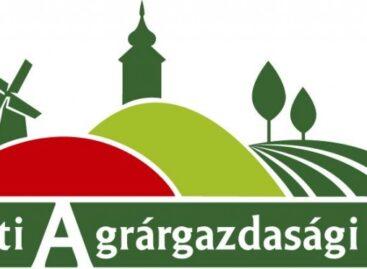Domestic melon producers have had an average year
Despite occasional market disruptions and fluctuating prices, domestic producers consider this year’s melon season to be average. At a joint meeting of the Melon Working Group of the National Chamber of Agriculture and the Hungarian Melon Producers Association, it was stated that although domestic market sales did not strengthen, there is room for expansion in key export markets.

(Photo: Pixabay)
This year, the melon season in Hungary started two to three weeks earlier than average, at the end of June. The harvest was already at its peak in mid-July, at which time, due to the heat wave, purchase prices fell for a while due to the products appearing on the market at the same time, but apart from this, producers were able to sell melons at acceptable prices at the beginning and end of the season. A demand market had already developed from the beginning of August, and the season was ended by a significant cooling at the beginning of September. Producers had a mediocre year, domestic market sales did not strengthen, but export markets showed expansion – this was announced at the joint season evaluation event of the Melon Working Group of the National Horticultural and Supply Industry Department of the National Chamber of Agriculture and the Hungarian Melon Growers Association. According to preliminary data, the area of watermelons in our country increased by 10-15 percent annually, to about 3,300 hectares, and the expansion was similar in the case of cantaloupe, which was grown on 440 hectares in the country. Farmers harvested more than 150,000 tons of watermelons and 13,000 tons of cantaloupes.
Melon growers expect that the melon-growing area will increase by another 5-7 percent next year. However, buyers for the surplus crop will have to be found abroad for the time being
The current per capita melon consumption of around 10 kg per year can be expanded by a campaign to encourage consumption on the domestic market and by expanding the variety selection (mainly with smaller and seedless melons). It is favorable that demand for Hungarian melons has increased in our country’s former dominant export markets – such as Germany, Poland and the Czech Republic. The reason for this is that the Mediterranean areas are also increasingly affected by climate change, and transport costs have also increased significantly, so melons from Southern Europe are becoming increasingly expensive to reach these countries. Due to the rains hitting Spain and the drought in Italy, it is currently questionable how large a melon crop can be expected in the southern part of the continent next year. For this reason, traders are also looking for more sources of supply, so market opportunities may open up for Hungarian melons if farmers grow melons that meet the demand.
The market is also concentrated in the case of melons
Stable and successful sales and meeting export market demands make it increasingly inevitable for producers to come together, coordinate production and market access. Another problem is the lack of labor, which farmers need to find a solution to. Producers must also keep in mind that demand is constantly changing, with the demand for smaller and seedless melons increasing year by year.
NAK
Related news
Campaign launched to dispel misconceptions about meat and dairy products
🎧 Hallgasd a cikket: Lejátszás Szünet Folytatás Leállítás Nyelv: Auto…
Read more >István Jakab: We must respond to agricultural challenges with competitive farming
🎧 Hallgasd a cikket: Lejátszás Szünet Folytatás Leállítás Nyelv: Auto…
Read more >V4 agricultural chambers demand complete change of direction from the European Commission
🎧 Hallgasd a cikket: Lejátszás Szünet Folytatás Leállítás Nyelv: Auto…
Read more >Related news
Record-breaking Black Friday in online orders
🎧 Hallgasd a cikket: Lejátszás Szünet Folytatás Leállítás Nyelv: Auto…
Read more >Campaign launched to dispel misconceptions about meat and dairy products
🎧 Hallgasd a cikket: Lejátszás Szünet Folytatás Leállítás Nyelv: Auto…
Read more >The newest PENNY store opened in downtown Szolnok
🎧 Hallgasd a cikket: Lejátszás Szünet Folytatás Leállítás Nyelv: Auto…
Read more >





